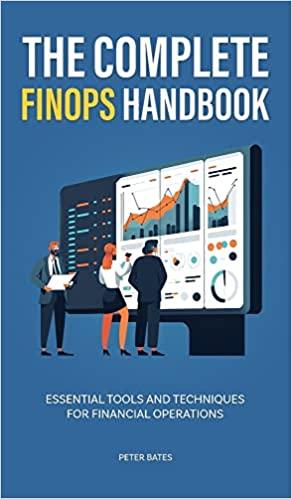Question
Things happen outside our control all the time. We can prepare to meet financial challenges with emergency savings. Think through your life situation, now and
Things happen outside our control all the time. We can prepare to meet financial challenges with emergency savings.
Think through your life situation, now and in your first year after college. How many potential financial emergencies could you face? Here are some examples. If you own a car, could it break down? If you are working, could you lose your job? How much would it cost if you had a health emergency?
Step 1: Identify at least three potential financial emergencies. For each emergency, estimate its cost to you. Also, estimate how likely you are to experience a financial emergency in your first year out of college (from 1 to 10, with 10 being very likely and 1 being not at all likely.) Based on this information, how much do you think you should have in your emergency fund?
Step 2: What type of account or financial product will you use to save your emergency fund? Include in your discussion the importance of liquidity. Include the role of FDIC or NCUSIF insurance on your decision of where to save your emergency fund.
Step 3: Calculate your emergency fund ratio one year out of college. Explain in detail how you estimated the two components of this ratio. Do you think your emergency fund will be large enough compared to conventional wisdom? Consider your risk tolerance in your answer and how that might affect the size of your emergency fund.
(1-2 pages, double space, size 11 font)
Step by Step Solution
There are 3 Steps involved in it
Step: 1

Get Instant Access to Expert-Tailored Solutions
See step-by-step solutions with expert insights and AI powered tools for academic success
Step: 2

Step: 3

Ace Your Homework with AI
Get the answers you need in no time with our AI-driven, step-by-step assistance
Get Started


